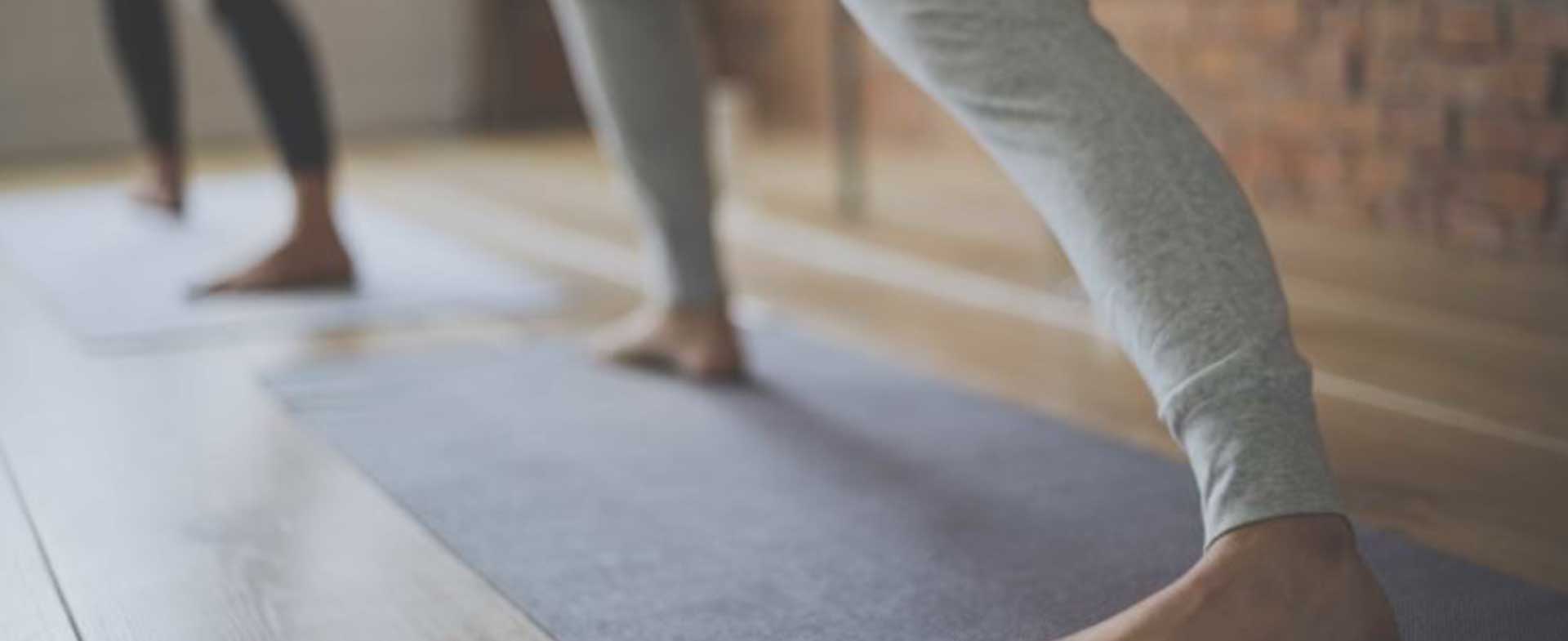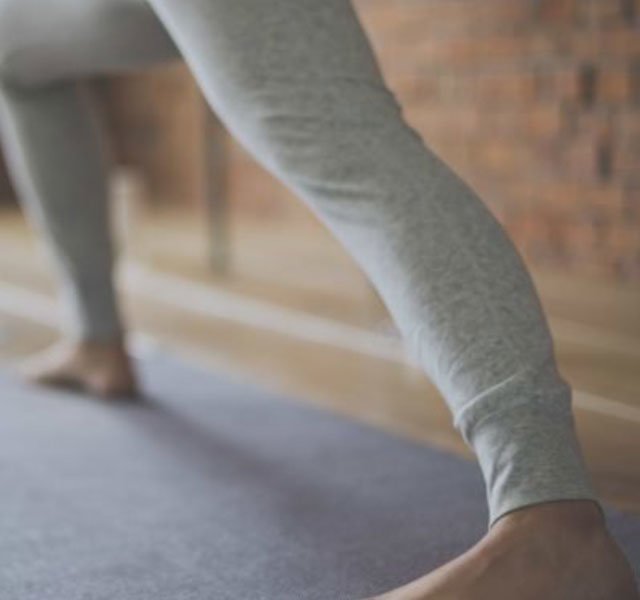If you haven’t touched your toes since high school gym class, take note: Supple joints not only help prevent injury, they also improve things like your golf swing and performance on the basketball court, and preserve your ability to perform simple activities of basic living.
Whether you’re bending down to tie your shoes, or reaching overhead to get something out of a cabinet, your muscles — and in turn, your joints — must stay pliable to maintain full range of motion. If you don’t have that flexibility, other muscles kick in to compensate for the deficits.
Over time, these behaviors that are making up for a lack of flexibility can lead to injury. For example, if your hip flexors are tight, you might begin using your lower back or hamstrings more than you should be to achieve your movement goals. Before long, you’ll find you have a sore lower back or pulled hamstrings. If your pectoral muscles (the front of your shoulders) are tight, you will inevitably have bad posture and could start to develop spinal problems as a result. And if your calves are tight, your ankle mobility is limited and you won’t be able to squat to full depth.
So, making sure all of your muscles have the flexibility to do what they need to is key. But don’t worry: You don’t have to twist yourself into a pretzel to become more flexible. Instead, try these five strategies to become more bendy.
- Get warm. Whether your goal is to prevent injury or run your fastest 5K, it’s important to warm up your muscles before activity. Walk on your toes, walk on your heels and do some shuffling. The idea is to get your body warm and your heart rate up before you dive into your exercise regimen.
- Hold still. Static stretches — where you hold a position for half a minute or more —are a great way to coax your muscles into becoming more flexible. Think of a rubber band; if you pull it over and over again, it stays overstretched. Your body operates the same way. A general rule of thumb: Hold static stretches for at least 30 seconds after exercise when your body is warm. And be sure never to do static stretches before activity. That can decrease power and strength and up your odds of injury.
- Take a break. If you sit at a desk all day, set an alarm every hour to remind yourself to get up and stretch your muscles. Not only will your body feel better, but you may notice you’re more productive post-stretch thanks to the increased blood flow to your noggin.
- Try yoga. Yoga is one of the best forms of activity for increasing flexibility and core strength. People who participate in repetitive motion activities – think cycling, running and swimming – are at highest risk of developing tightness in their muscles and joints. So they’ll reap significant rewards — both in form and function — by hitting the yoga mat.
- Get a massage. If you’re looking to make a meaningful impact on your muscles, you have to go deep. Skip the relaxing, feel-good Swedish massage and find a therapist who is skilled in deep tissue or sports massage instead. Someone who is able to dig into areas of tightness and access trigger points in the muscle that cause them to release will be able to loosen you up and improve flexibility.
The bottom line: No matter what you’re doing, you can perform better – and feel better – if your muscles are more pliable. In fact, a lot of people can’t achieve what they want in the weight room or in sports because they’re not flexible.
The more you nourish your muscles, joints and tissues, the longer you’ll be able to enjoy full range of motion — and that will make you more productive at everything from your tennis game to your daily activities.



